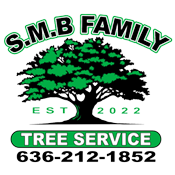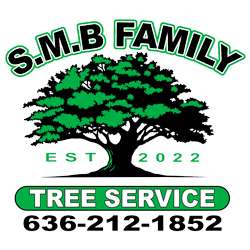If you own or manage property, you know the importance of proper tree care. Keeping trees healthy, strong, and well-maintained boosts your land’s safety and value.
Removing hazardous trees plays an equally vital role in these goals. Unfortunately, spotting early signs of decay can present challenges for most property owners, making timely removal unlikely.
At S.M.B. Family Tree Service, we strive to help our clients make informed decisions about their property’s tree care needs. In this blog, we talk about the right time to remove dead or decaying trees.
For more about dead tree removal by S.M.B. Family Tree Removal Service, keep exploring our site or give our team a call today.
Why Removing Dead or Decaying Trees Is Important
Unless a tree has become noticeably damaged or dangerous, most property owners may hesitate to take action. However, trees can experience decay from internal issues, such as disease or structural defects. Additionally, removing decaying trees as soon as possible proves critical to preventing a number of issues.
Safety Hazards
First, decay can weaken a tree in one or multiple areas. Rot, fungus, and other types of damage can make limbs or entire trees susceptible to falling. For this reason, decaying trees pose a safety risk to guests on your property.
Infestations
Decaying and rotting trees can result from or cause pest infestations. In some cases, insect infestations can penetrate a healthy tree’s bark, damaging it from the inside out. When this happens, trees weaken and become a hazard.
In other situations, insects or other animals may infest dead trees. These infestations pose considerable risks to safety and health, especially when trees rooted close to a home or business become infested.
Property Damage
In addition to posing safety risks, decaying trees may also cause structural damage. Weakened limbs, treetops, and root systems can result in falling debris or trees. This debris can damage roofs, windows, and entire buildings.
Signs It’s Time To Remove Decaying Trees
Ready to tackle decaying trees on your property but unsure of what to look for? You aren’t alone. Many property owners don’t know the hallmarks of tree decay and damage. To stay ahead of the risks associated with decaying trees, watch out for the following:
- Peeling bark
- Hollow spots
- Visible fungi
- Excessive lichen
- Leaning
- Heavy debris
- Visible insect damage
- Root rot
- Mushrooms around trunk
Make special note of ANY of the above signs of decay on trees close to a home or business building. These trees pose a higher threat of property damage.
Best Times of Year To Remove Trees
When a tree poses a risk to health and safety, the best time to remove it depends on a property owner’s earliest convenience. In many cases, waiting for better weather conditions may make matters worse.
Generally, the best times of year for tree maintenance and removal come in the fall and spring seasons.
DIY vs. Professional Tree Removal
Many property owners put off tree maintenance and removal of decaying trees, citing budget concerns. At S.M.B. Family Tree Service, we discourage our clients and readers from attempting DIY tree removal for several reasons. Depending on the location, size, and type of tree, special procedures may apply.
These projects pose severe risks to health and property. They require the correct safety equipment, special training, and experience-based knowledge to complete safely and effectively.
Affordable Tree Removal Services
Now that you know when to remove a tree, learn more about tree care and maintenance by exploring our blog.
To schedule your consultation for the removal of decaying trees, give our S.M.B. Family Tree Service team a call today at (636) 212-1852.

